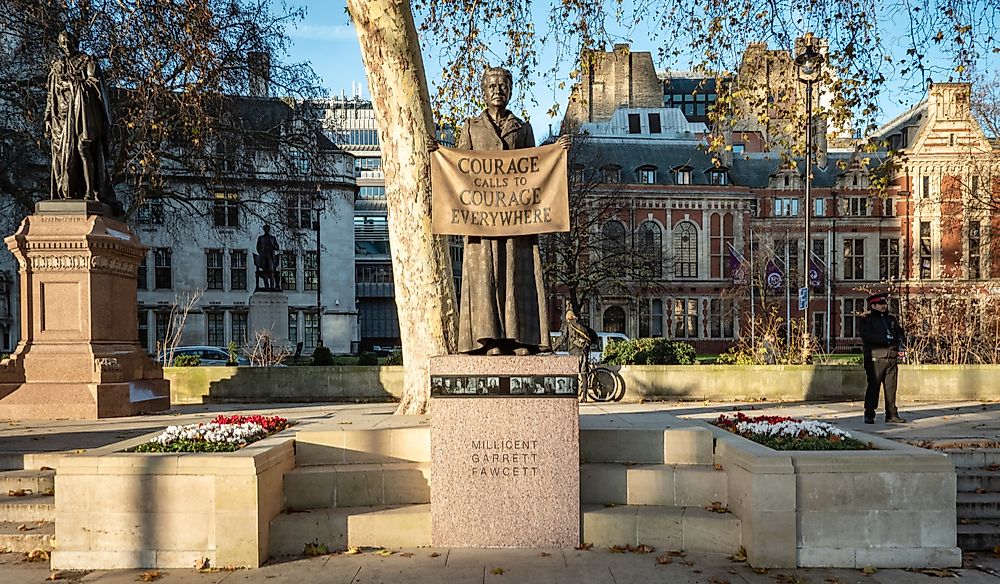What Is the Difference Between Suffragists and Suffragettes?

In the mid-19th century, several groups of women (called women’s suffrage groups) in Britain were actively fighting for women to have voting rights. One of the very first of such groups was the National Union of Women’s Suffrage (NUWSS), which was established in 1897 by Millicent Fawcett. There were two waves of the suffrage groups. The main differences between the two groups were the methods they used to achieve their goals. The first group was known as the suffragists while the second was known as the suffragettes.
The Suffragists
The struggle began in 1866 when a group of women managed to table a bill for allowing women to vote through two sympathetic Members of Parliament. However, the bill lost by 196 votes to 73. This attempt was the spark that ignited women all over Britain to establish suffrage societies. Eventually, 71 such groups merged to form the bigger and more recognized NUWSS under Fawcett.
This group decided to approach the struggle in a peaceful and civil manner. The members believed that education and peaceful argument could be used to negotiate for the voting rights of women. Consequently, the group employed techniques such as posters, petitions, public meetings, calendars, and leaflets to spread their message. By 1914, the group had an estimated membership of around 54,000 people.
However, the NUWSS obtained its leaders and members from the upper and middle rungs of society and was not advocating for voting rights of all women. Instead, the NUWSS wanted women who owned property or were in society’s middle-rung or higher to be granted voting rights. This mentality changed later on after senior members of the group began speaking out against the neglect that the women from the working class were receiving from the more privileged women. After this, working-class women began joining the NUWSS.
The Suffragettes
From the standpoint of a certain group of women in the NUWSS campaign, the organization failed in achieving its goal. These women believed that the path to securing voting rights for women did not lie in peaceful methods. Instead, this group was convinced that a militant approach would do the trick. Using the slogan “Deeds not Words,” the suffragettes group known as the Women’s Social and Political Union (WSPU) was formed in 1903. Led by Emmeline Pankhurst and her two daughters, the group eventually grew and absorbed several other groups that were working towards a similar goal in Britain, including women from the working class.
The WSPU employed techniques such as disruption of public gatherings, chaining themselves to railings, and damaging public property. In fact, one of them, Emily Davison, died from injuries after she got in front of the King’s horse in 1913 at the Epson Derby. The rowdy women were arrested several times. While in prison, they resorted to methods such as hunger strikes in order to be released.
Outcome
Voting rights for women were not granted until after World War I. Even then, only a select group of women could vote. British women over the age of 21 were granted the right to vote in 1928. World War I also brought a stop to the campaigns by both the suffragettes and suffragists.











